Establishing Limits for Impurities in Drugs
CDER issued an update to MAPP 5017.2 R1 [revised 01MAY2020, updated link as of 09DEC2020] in September to clarify the review instructions for drug substance and drug product impurity acceptance criteria. The change clarified instructions for products with monographs with impurity acceptance criteria greater than the limits proposed in ICH Q3A(R2) [updated link as of 09DEC2020] and Q3B(R2) [updated link as of 09DEC2020]. The update provides a nice opportunity to review the division’s current expectations on proposing and justifying proposals for impurity acceptance criteria.
Basically, specifications should include the following:
Drug Substance – include an acceptance criterion for:
- Each specified identified impurity
- Each specified unidentified impurity
- Any unspecified impurity with an acceptance criterion of not more than (≤) the identification threshold
- Total impurities
Drug Product – include an acceptance criterion for:
- Each specified identified degradation product
- Each specified unidentified degradation product
- Any unspecified degradation product with an acceptance criterion of not more than (≤) the identification threshold
- Total degradation products
The criterion for total impurities or degradation products should not create a corresponding increase in risk for meeting the criterion for potency. The general impurity thresholds in ICH Q3A(R2) and Q3B(R2) can be used unless there is evidence suggesting an impurity poses greater risk (no structural alert or toxicological, immunological, or clinical concerns at this limit or lower compendial limits).
Acceptance criteria should be justified in these cases:
- Products submitted in NDAs and ANDAs where the applicant’s proposed acceptance criteria are greater than ICH Q3A(R2) or Q3B(R2) qualification threshold
- Products submitted in NDAs and ANDAs that are excluded from ICH Q3A(R2) and Q3B(R2)
- Products submitted in BLAs
When the proposed limits are greater than the ICH thresholds, an assessment of the adequacy of the proposed limit will be conducted by the reviewer using available data. Sponsors should request assessment early in the review cycle to allow sufficient time for this review. Immunogenicity risk for an impurity will be assessed using the Office of Biotechnology Products immunogenicity assessment process and the principles in guidance Immunogenicity Assessment for Therapeutic Protein Products. The pharmacology/toxicology and clinical review disciplines will use their existing review processes to evaluate the risk and relevance of the proposed limits.
Where the relationship of an impurity to stability, potency, or clinical affect is unclear (due to lack of characterization or clinical data, for example), the control strategy may include greater consideration for manufacturing process capability. However, process consistency should be monitored during production as part of the quality system, and sponsors should expect to provide updated impurity data as studies progress.
For more details including examples, check out the specific FDA Guidance on Q3A for drug substances and Q3B for drug products.
Original Text Copyright © 2018 Katrina Rogers
Post updated © 2020 Katrina Rogers
